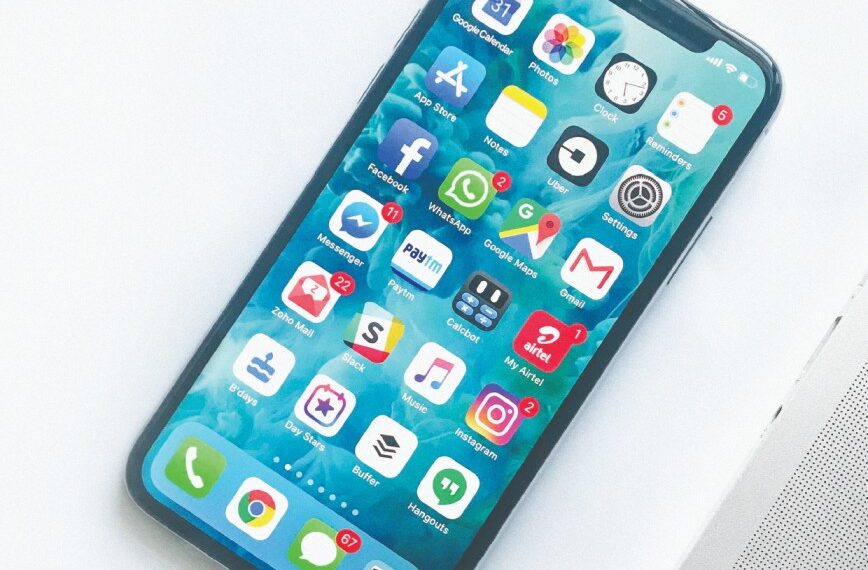Mobile payment apps like Apple Pay and Venmo have grown exponentially since launch. Users will find solace in their ease of use and exceptional security. Despite the power behind such names, the original and most used mobile payments app was developed by a business model well-removed from the tech giants in Silicon Valley.
KEY TAKEAWAYS
1. Apple Pay and PayPal’s Venmo are two of the leading mobile payment applications.
2. However, Starbucks has developed one of the most popular and most-used apps on the market.
3. The coffee company is seeing increased competition with the likes of Square Cash and other mobile apps.
4. Payment app developers have worked hard to ensure that mobile payments are as secure, if not more, than physical cards.
Payment App Leader
Starbucks (SBUX) has a compelling story to tell about how your life will be better when you tap and pay, instead of pulling out a card or even cash. The free Starbucks mobile-pay app allows you to order on your way, and then just walk in and pick it up without standing in line behind a dozen people.
Their mobile payments app had nearly 17 million active users as of 2019. The app was introduced to 16 stores in 2009, and now one in five Starbucks orders in the U.S. are sent and paid via mobile.
Merchants have been upgrading their credit card payment processing devices they use in order to enable more secure EMV technology, and many smartphones are ready for tap-and-pay use.
Popular Mobile Payment Services
There’s a surge in mobile payment services beyond Apple and Venmo. PayPal bought Venmo in 2012 to get in on the action. Meanwhile, there’s Zelle, Square Cash, and Google Pay.
Many payment apps are default choices depending on which phone you have, and they work much the same. You download the free app, upload your credit or debit cards and “tap to pay” with your phone at any retailer who accepts that service.
PayPal works the same way, and with the same card reader, if the merchant has signed up to accept PayPal payments. PayPal is not as widely available in brick-and-mortar stores.
Security
Due to the ease of taking or cloning phone data, there remains one big question remains in consumers’ minds—how secure are mobile payments? It seems that the big players have spent a lot of time and effort making sure that mobile payments are more secure than using a physical card.
First of all, a merchant will never see your credit card number or the authorization code from the back of your card or even your name. And, when you make a purchase, instead of your credit card number being used, a one-time encrypted number is generated—a token—to authorize the purchase. It expires shortly afterward.
Even if your phone is lost or stolen, there are layers of protection. Mobile wallets are behind a lock screen, requiring a PIN number or fingerprint authentication to use. So access is restricted. What’s more, your credit or debit card numbers are not stored on the phone. Finally, there are features that the companies urge you to activate in case you lose your phone: Android Pay users, for instance, are warned to turn on the Android Device Manager so that the phone can be located if it’s lost or stolen, and locked remotely if needed. For Apple Pay, the Find My iPhone feature lets you suspend the mobile wallet remotely.
Slow Adoption in Western Culture
The American attitude is in sharp contrast to that of Chinese consumers, who have embraced cash-free living. Millions of Chinese consumers use mobile payments. They use their mobile phones to pay for taxis and meal delivery, in Walmart stores, and at mom-and-pop market stands. Alipay, owned by Alibaba, is the dominant Chinese service.
In China and in other developing nations, where many have never used a traditional bank, many newly minted consumers are avoiding banks and substituting a mobile payment service. Alipay users can deposit their money in a money market account that pays the investor higher interest rates than traditional bank savings accounts.

